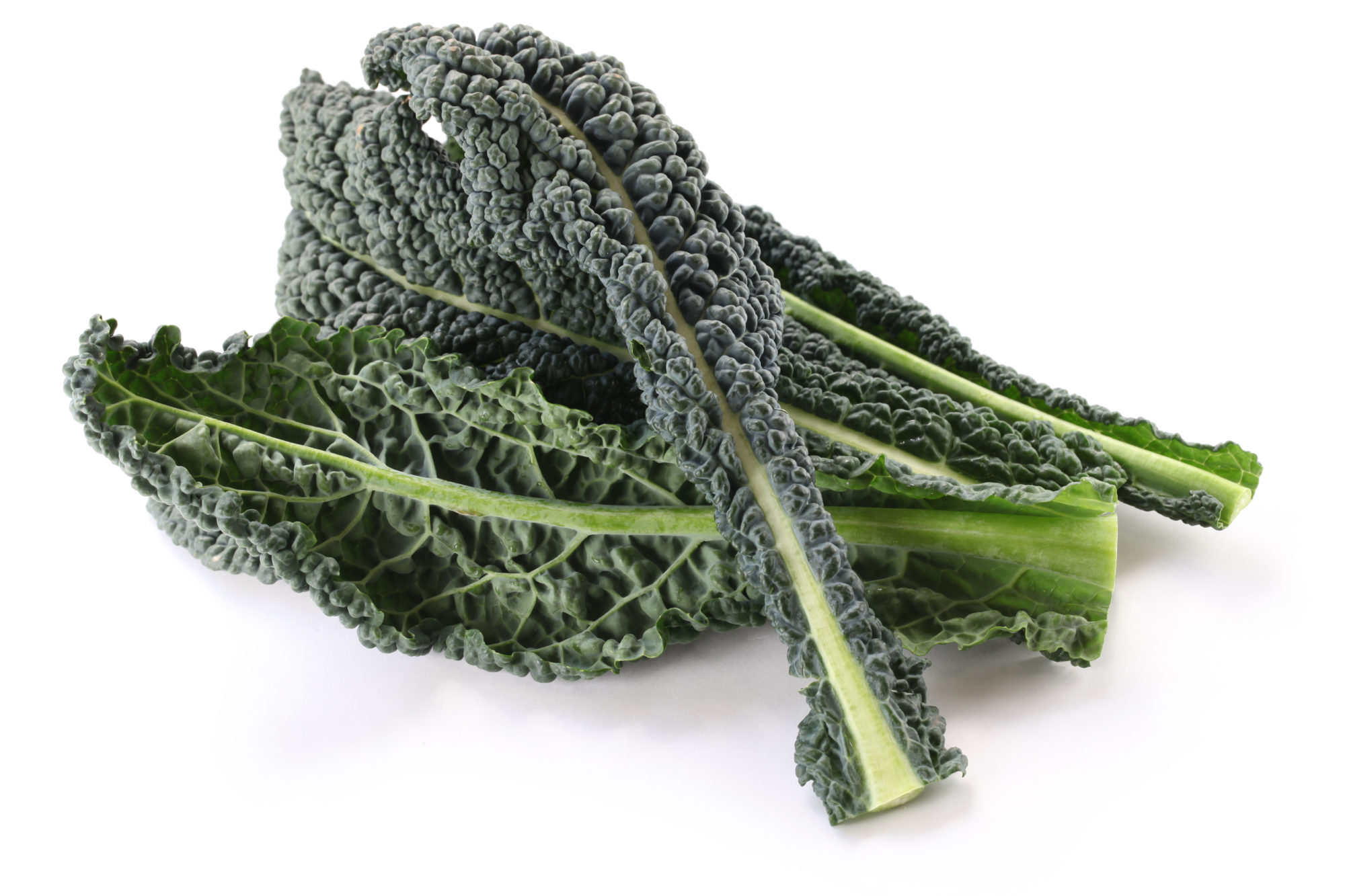
Black kale has deep blue-green leaves with purple undertones. A hint of nuttiness accompanies their earthy flavor. When they’re young, they are quite tender, but as they mature, they need to be cooked before eating. When choosing black kale, ensure the leaves are not wilted or brown and that the stem ends are not brown, dried out, or slimy.
Want a healthier snack for your upcoming summer barbecue? We have the chip for you. If young and tender, eating the leaves raw in salads is the best. For mature bunches, cooking them is easier than other kale varieties since they don’t take much time. Now you just have to pick a way to prepare them! Try them steamed, braised, stewed, juiced, sautéed, or fried. Put them in your hearty soups or serve with meats and potatoes.
Available year-round with a peak in winter, black kale grows all over Europe and in Mexico. Though it’s native to the Mediterranean, you can find it here in the US, in the New England and Mid-Atlantic corridor, out west in California, Arizona, and the Pacific Northwest, as well as in Texas.
Raw, unwashed, and stored in the fridge in a loose plastic bag, you’ll get up to a week out of your kale. After cooking, close your leftovers in an air-tight container for up to four days. Not enough time? Get almost a full year out of your kale by freezing it.